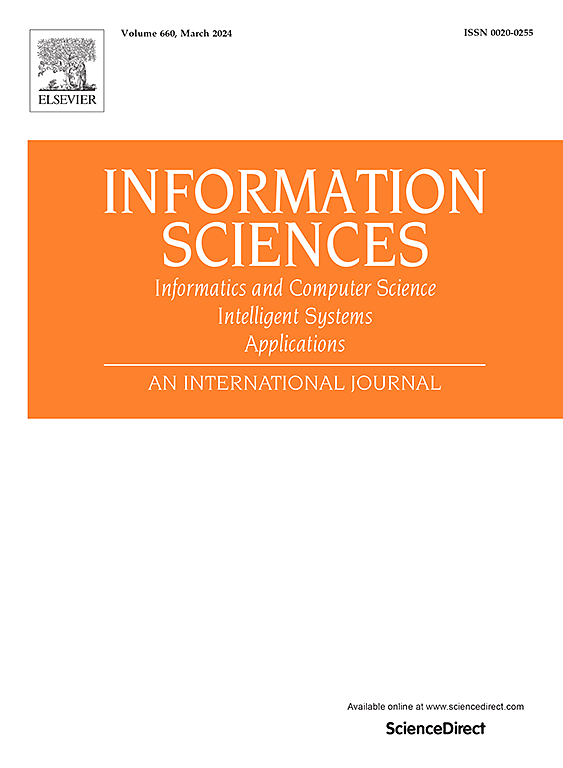TGNS:一种基于变压器的股票趋势预测图神经网络
IF 6.8
1区 计算机科学
0 COMPUTER SCIENCE, INFORMATION SYSTEMS
引用次数: 0
摘要
计算技术和金融理论的进步加速了量化投资研究,股票趋势预测成为一项关键挑战。虽然深度学习模型已经显示出前景,但许多模型完全依赖于市场数据,忽略了基本面因素(例如,财务状况、行业趋势)和动态概念股相关性。本文提出了TGNS,一个基于变压器的图神经网络框架,解决了这些限制。TGNS集成了概念图注意(CGA)模块和股票图注意(SGA)模块来建模时变的概念依赖关系和全局股票相互作用,减轻了传统图网络的过度平滑。一种新的加权稳健损失(WRL)方法通过指数加权横截面收益来优先考虑高收益股票,从而提高多空策略的绩效。在CSI100/300和NASDAQ-100数据集上的实验表明,TGNS在信息系数(IC)方面优于最先进的方法(如PatchTST, HIST) 12.3-21.9%。消融研究验证了双注意力架构在捕捉复杂市场动态方面的有效性,证实了TGNS在动态金融环境中的优势。本文章由计算机程序翻译,如有差异,请以英文原文为准。
TGNS: A transformer-based graph neural network for stock trend forecasting
Advancements in computational technology and financial theory have accelerated quantitative investment research, with stock trend forecasting emerging as a critical challenge. While deep learning models have shown promise, many rely exclusively on market data, ignoring fundamental factors (e.g., financial health, industry trends) and dynamic concept-stock correlations. This paper presents TGNS, a Transformer-based Graph Neural Network framework that addresses these limitations. TGNS integrates a Concept Graph Attention (CGA) module and Stock Graph Attention (SGA) module to model time-varying concept dependencies and global stock interactions, mitigating over-smoothing in traditional graph networks. A novel Weighted Robust Loss (WRL) prioritizes high-return stocks by exponentially weighting cross-sectional returns, enhancing long-short strategy performance. Experiments on CSI100/300 and NASDAQ-100 datasets demonstrate TGNS outperforms state-of-the-art methods (e.g., PatchTST, HIST) by 12.3–21.9% in Information Coefficient (IC). Ablation studies validate the dual-attention architecture's effectiveness in capturing complex market dynamics, confirming TGNS's superiority in dynamic financial environments.
求助全文
通过发布文献求助,成功后即可免费获取论文全文。
去求助
来源期刊

Information Sciences
工程技术-计算机:信息系统
CiteScore
14.00
自引率
17.30%
发文量
1322
审稿时长
10.4 months
期刊介绍:
Informatics and Computer Science Intelligent Systems Applications is an esteemed international journal that focuses on publishing original and creative research findings in the field of information sciences. We also feature a limited number of timely tutorial and surveying contributions.
Our journal aims to cater to a diverse audience, including researchers, developers, managers, strategic planners, graduate students, and anyone interested in staying up-to-date with cutting-edge research in information science, knowledge engineering, and intelligent systems. While readers are expected to share a common interest in information science, they come from varying backgrounds such as engineering, mathematics, statistics, physics, computer science, cell biology, molecular biology, management science, cognitive science, neurobiology, behavioral sciences, and biochemistry.
 求助内容:
求助内容: 应助结果提醒方式:
应助结果提醒方式:


